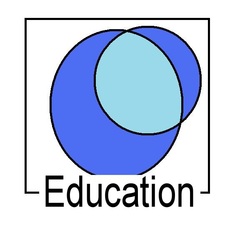
So, what can we do to balance the equation and become not just competitive, but well educated? Part of the answer is in a recalibration of our cultural expectations. We have set the bar for excellence so low that it is relatively easy to graduate from high school. We have known for years that schools pass students on to the next year even if they have not reached a measurable level of proficiency. So, when and if they go to college, they are not prepared and do poorly, have to take remedial classes, or drop out. Our colleges and universities are some of the best in the world, but we drop the ball in preparing children for the rigors of a great education. But, we have some reality checking to do. First, not all high school graduates should or want to go to college. What about these students? There used to be a pathway for high school level students to prepare for a trade. Most schools had metal shop, wood working, auto repair, electrical, and even welding programs. But, like physical education, these have been abandoned. For what reason? Shorter days and hours in class, larger classes and fewer teachers, and tests that fail to measure what has really been learned. So, can we learn from the strategies used in other countries, or do we need to rethink our outdated system?
I located a 1999 article from a PhD student from India doing graduate work here in the US. His name is Sumit Gupta and he has some thought-provoking observations and comparisons about education in India and here. It is a well written, and sometimes critical analysis, but adds to a general discussion about education. Although it is an older commentary, it has relevance and is located here.
I am not an educator but rather a concerned citizen that is tired of talking to kids who cannot spell, solve an easy problem in percentages, or locate Kansas on a map of the US. Comments are always welcome and we will continue the discussion in part two...

 RSS Feed
RSS Feed
